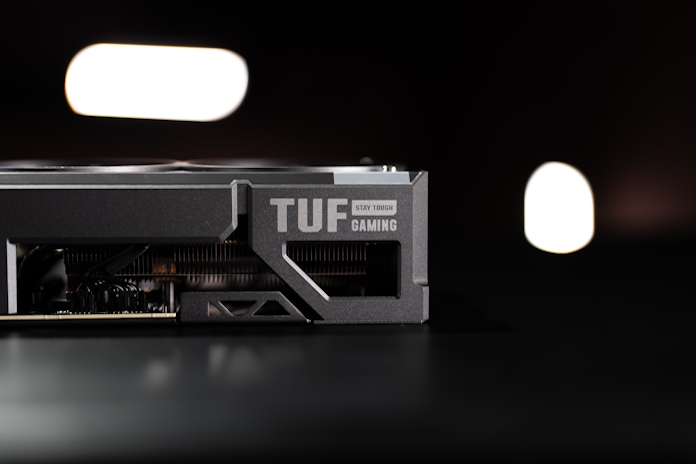This year, ASUS is celebrating 30 years of designing graphics cards. Part of the fun is looking back at just how much graphics cards have changed over the last three decades. Consider the ASUS V8200 DLX, for instance. It debuted in 2002 as our first card with a black PCB, and it sported upgraded heatsinks under its dedicated fan. But as a modern PC builder used to the design of today’s cards, you might be getting the wrong impression from those words “fan” and “heatsink.” Take a peek:

For its time, that was a hefty cooling solution. The heatsink on models from just a few years prior didn’t cover anything but the GPU. That dedicated lil’ spinner and the heatsinks for the VRAM chips were moving the industry forward.
But times change. In 2025, high-end graphics cards are nearly complete PCs unto themselves. Today’s heatsinks don’t just cover the entire PCB, but extend out even further, using vents in the backplate for flow-through cooling. That little fan above the GPU in the V8200 DLX got replaced with fan arrays wielding two, three, or even four fans, each significantly larger for increased airflow and more pleasing noise characteristics.
All that means that modern graphics cards are big. Like, really big. Big enough that when we first showed off the ROG Astral GeForce RTX 5090 at our CES 2025 media showroom, we saw visitors using the floor model to do bicep curls. Not only is that top-end graphics card heavy, it’s long, too. Checking in at 357.6mm in length, it needs some elbow room to do its work.

Today’s graphics cards aren’t just getting longer, they’re often quite thick, as well. Consider the ASUS GeForce RTX 5080 Noctua Edition, for example. Just announced today, this card uses three premium Noctua NF-A12x25 G2 120mm fans, an optimized vapor chamber, and an extra-thick, specially designed heatsink to give you premium performance at ultra-low noise levels and temperatures. And yes, that cooling hardware adds up: this is a 4-slot graphics card that shamelessly upstages your other PCIe x16 slots. But it’s also poised to claim the crown as the quietest card in its performance class.
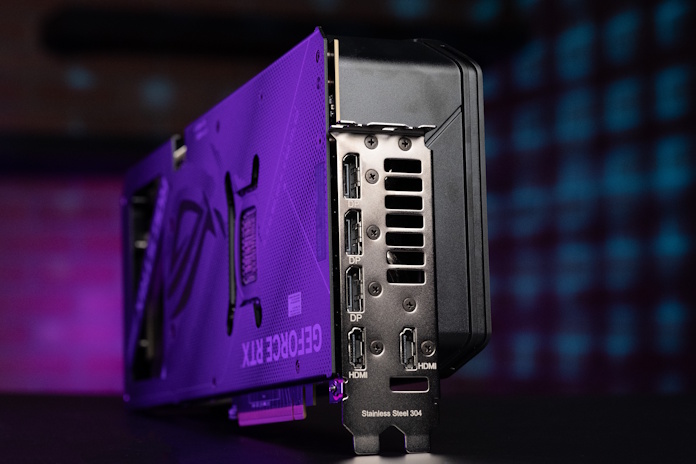
Based on your expectations from previous generations of graphics cards, you might wonder if today’s graphics cards are too big. It’s a fair concern. There are scenarios that call for shorter and slimmer graphics cards. If you need such a card, we’ll happily point you toward more compact options. But here’s the thing: unless you actually have a specific need for a smaller model, you really shouldn’t be concerned about the size of your graphics card. In fact, you should happily grab the biggest graphics card that fits in your chassis, knowing that the card is well-equipped to give you a premium balance of performance, cooling, and thermals.
Circumstances that call for compact graphics cards
Let’s take a moment to acknowledge the PC builders who specifically need smaller graphics cards. They’re out there, and their needs matter, too.
First up, a shout out to the small-form-factor building community. Many situations call for a PC that does its work in smaller dimensions. You might be building a PC to squeeze into an entertainment center, for example, or you might be assembling a dorm room gaming rig. For these scenarios, you need a smaller chassis, which in turn limits the size of the GPU that you can install. Thanks to their dual-fan cooler and 2.5-slot design, ASUS Dual graphics cards are popular picks for SFF PCs.
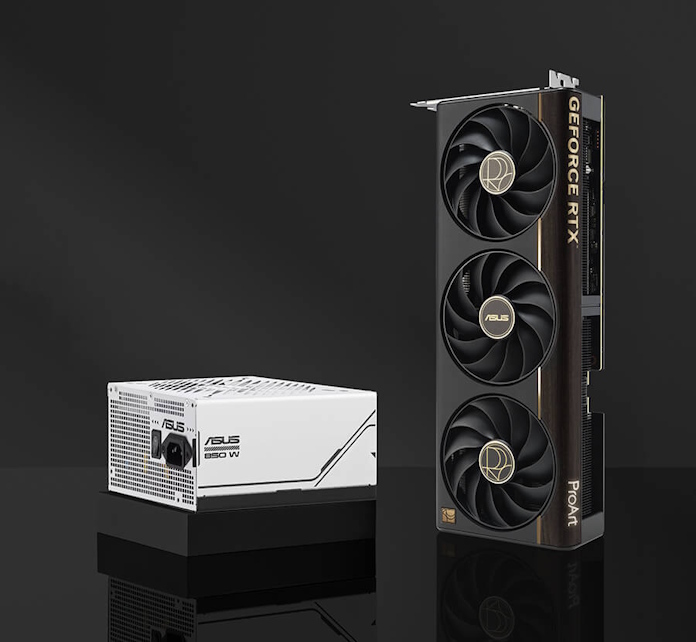
In other circumstances, users aren’t that concerned with how long their graphics card is, but very much need them to be slim. Some are concerned about the thickness of their cards because they have plans for the additional expansion slots on their motherboard, perhaps to install a capture card. Others intend to set up a multi-GPU configuration. Even though multi-GPU gaming is very much in the rear-view mirror, various content creation and AI workflows can leverage the resources of two or more graphics cards at the same time, so this is a real and practical reason to desire a slimmer graphics card. Typically, we point such users to our ProArt graphics cards, which pack potent GPU performance and triple-fan cooling arrays in slim 2.5-slot designs.
For most, bigger is better
So yes, there are definitely PC users out there who have legitimate and real needs for compact graphics cards. But nobody gets bonus points for the unused space inside their PC. If you have the room, you might as well put it to work. We’re not making our graphics cards longer and thicker just for fun: we’re beefing up their dimensions to improve cooling while keeping noise levels low.
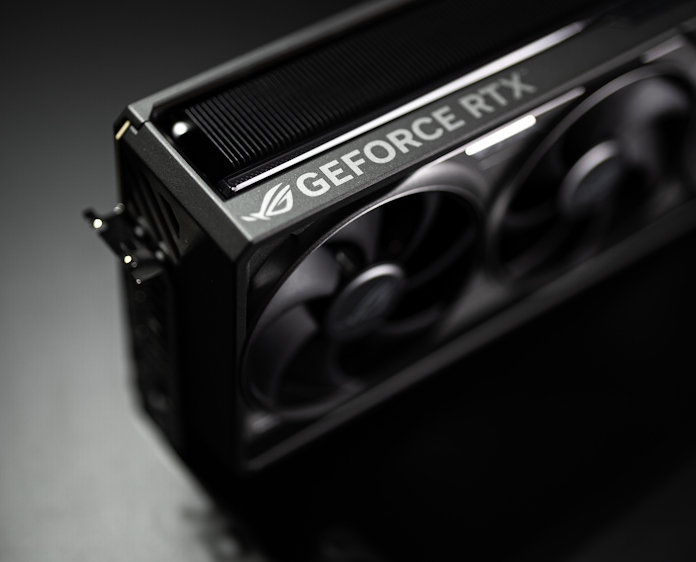
And the odds are quite good that you have room in your build for even the largest graphics card in our selection. Partly, that’s due to the reality that many PC builders don’t use their expansion slots for anything but one solitary graphics card. If you’re not going to install a sound card, storage expansion board, capture card, or NIC, it really doesn’t matter if your graphics card’s heatsink covers up a second PCIe x16 slot.
So much for the thickness of a graphics card. What about its length? Modern trends in PC case design have opened plenty of room for graphics cards, all without increasing chassis dimensions. Now that optical drives have largely gone the way of the dodo and most users don’t do anything with a hard drive cage other than remove it immediately, if one ships with their PC case at all, there’s a lot more horizontal space in PC cases for you to play with. That’s especially true with a case designed for bottom-to-top cooling. When your case doesn’t even have a fan array in the front, you have the entire space between your back panel and front panels in which to squeeze a graphics card.

All that means that it’s incredibly easy to find a PC case that’s more than capable of fitting even the largest graphics cards on the market today. The top ten bestselling PC cases on Amazon as of August 2025, for example, can all fit an ROG Astral GeForce RTX 5090. You don’t even need a full-sized ATX tower to accomplish that feat: the ASUS Prime AP202 microATX chassis can handle that card with room to spare.
What about entry-level or mid-range graphics cards?
Thus far, we’ve primarily focused on high-end graphics cards, which necessarily require more cooling than options lower in the product stack. But what about more mainstream options? Perhaps you’re wondering if a card like the affordable ASUS Prime GeForce RTX 5060 truly needs a triple-fan cooling solution.
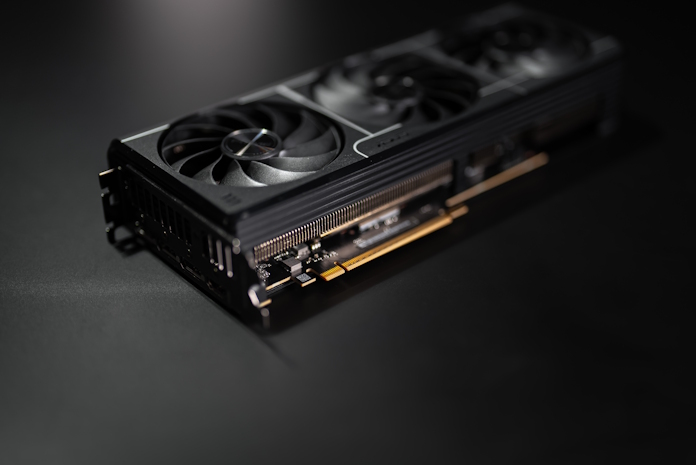
For clarity, if the Prime model is too long for you, shorter options are available. Go grab one. But for everyone else, why not get the model with the beefier cooling solution? We’ve yet to run across a PC builder who felt that their graphics card was running too cool under load. Nobody gets upset about their card running too quietly.
Even if such a cooling solution ends up being overkill for your purposes, so what? That card is well-prepared for a long lifespan of use thanks to those low operating temperatures and relatively lower fan RPMs, and the available thermal headroom might give you more overclocking potential, too. That’s a win-win.
One valid concern: please support your GPU
One unavoidable element about today’s longer, thicker graphics cards: they’re heavier. You should put a support underneath them. We go the extra mile to protect against GPU sag with protective backplates and robust frames, but there’s also the health of your motherboard to consider. A PCIe x16 slot can only hold so much weight, even with stainless steel reinforcements.
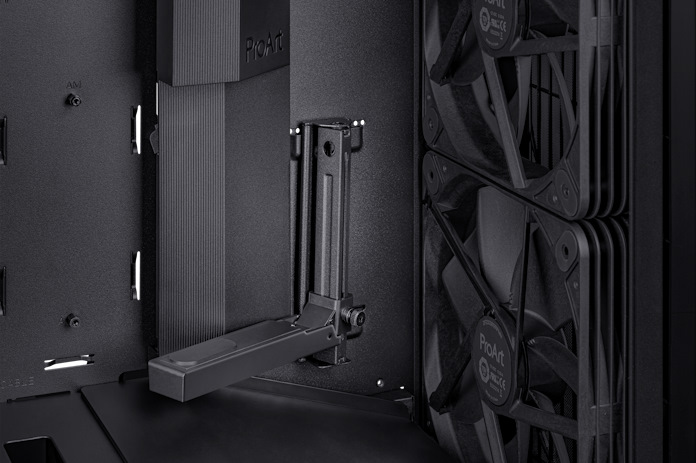
Once again, your PC case might already be equipped for the occasion. High-end cases often feature a built-in support ready to help carry the burden of a beefier graphics card. If not, look around for a GPU holder. Many midrange cases include one in the box, as do many graphics cards. Want a GPU holder loaded out with customizable RGB LED illumination? No problem. Want to build your own out of Legos? Go for it. (Though if you’re buying an ROG Astral GeForce RTX 5090 Dhahab Edition, which features real gold plating, a lone minifig might not be up to the challenge. We’ll let someone else do the math.)
If you have the space, go big
All told, most PC builders out there won’t have any trouble with the size of today’s graphics cards, even if they’re opting for a top-end model with a beefy cooling solution. Many of today’s PC cases are ready for the moment, and if you have that space available, you might as well use it.
Need a smaller graphics card? You have options. But otherwise, bigger is better.

